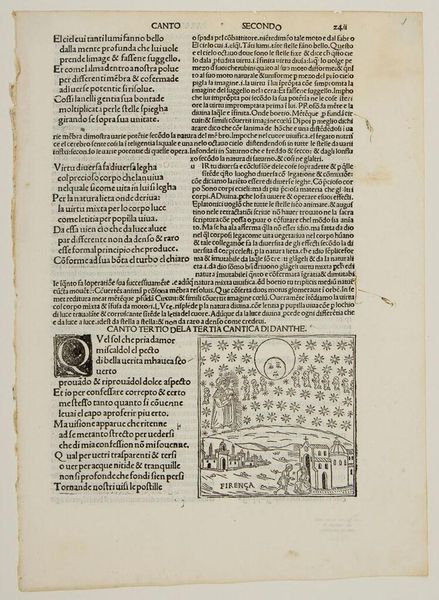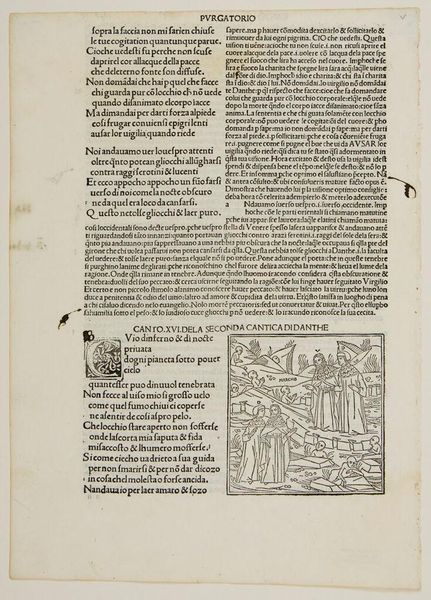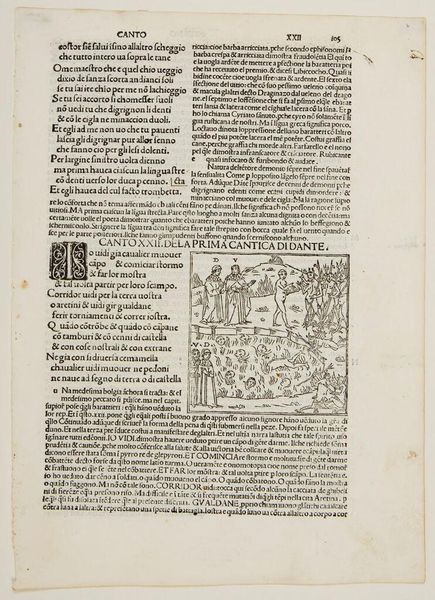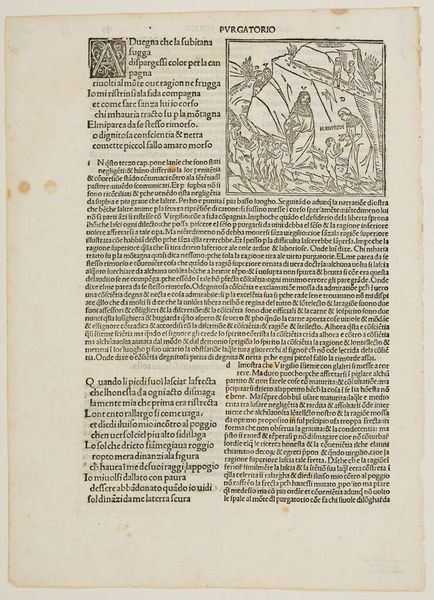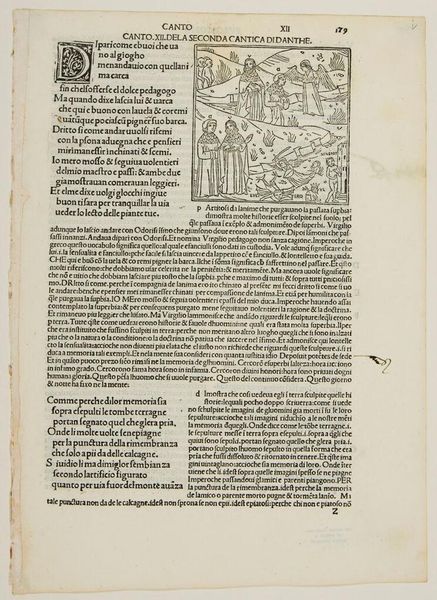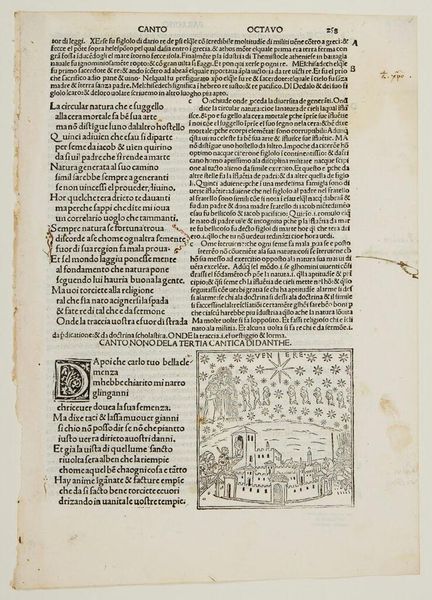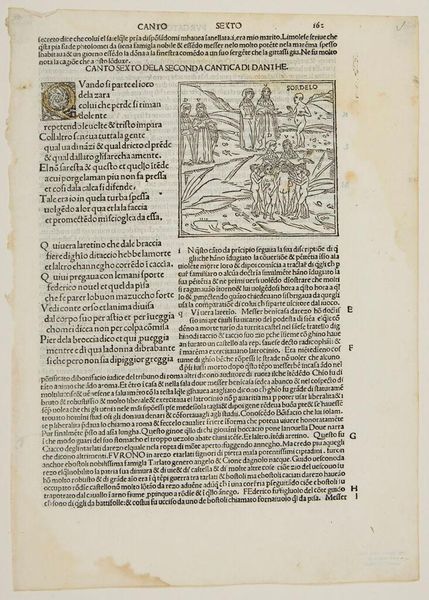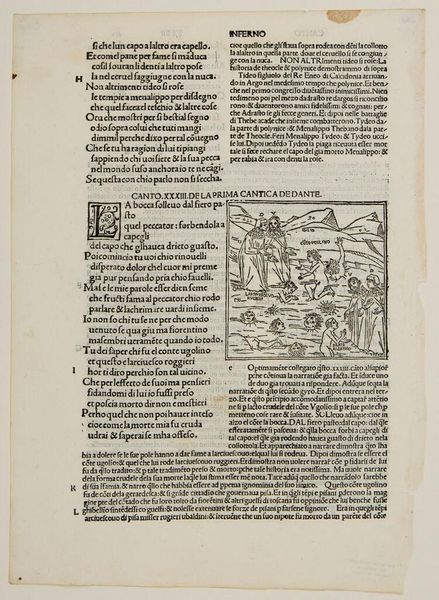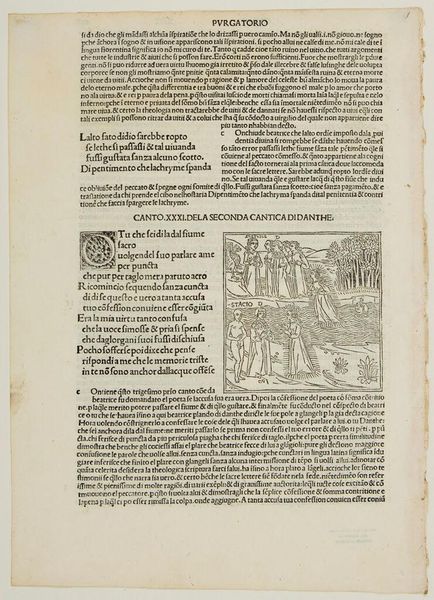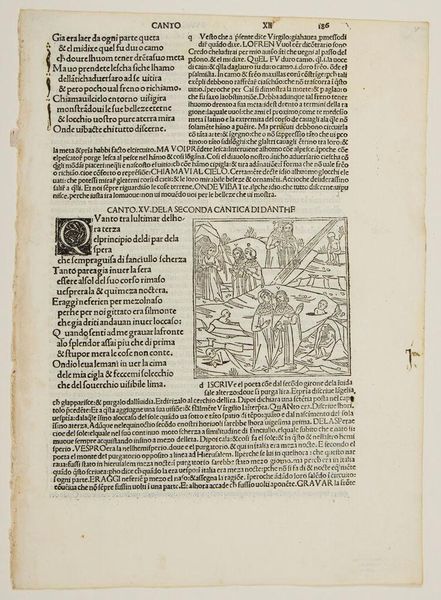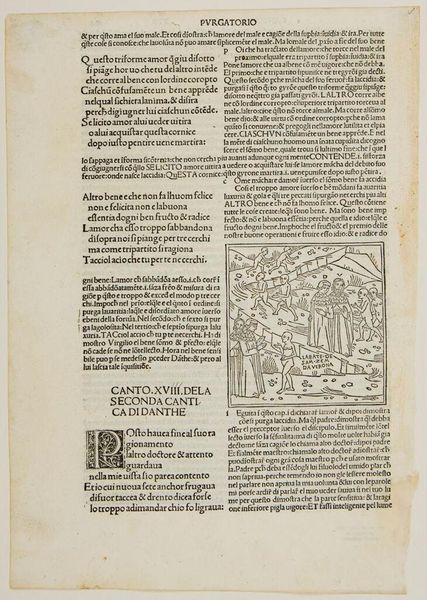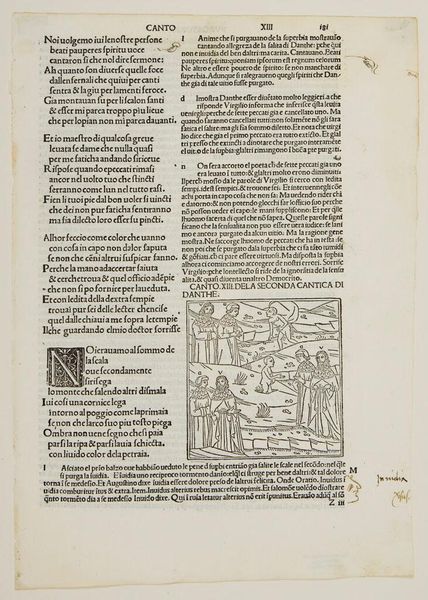
Canto XIV. The Second Cornice / The Envious; The Rein of Envy; Guido del Cuca; Rinieri da Calboli c. 15th century
0:00
0:00
Copyright: CC0 1.0
Curator: Today we're looking at an anonymous woodcut titled "Canto XIV. The Second Cornice / The Envious." It's held at the Harvard Art Museums. Editor: Oof. My first thought? Claustrophobia. All those tiny figures crammed together in that space. It feels incredibly dense and unsettling. Curator: As an illustration of Dante's Purgatorio, it shows the envious souls with their eyes sewn shut, a rather literal interpretation of being unable to bear seeing others' good fortune. Editor: That's brutal. The artist really leans into the symbolic weight of blindness here. It's not just physical; it's a wilful blindness to grace, to joy, even to their own potential. Curator: Precisely. The iconography of blindness as spiritual or moral failing is ancient, reaching back to classical and biblical narratives. It speaks to our deepest fears of being cut off from truth and connection. Editor: I’m struck by how the repetition of the figures amplifies the theme. It suggests envy is an endless cycle, a kind of self-imposed prison. Though... perhaps there's hope here too. Purgatory *is* a place of transformation, after all. Curator: Indeed. The artist leaves us with a chilling, but ultimately hopeful, vision of the soul's journey toward redemption.
Comments
No comments
Be the first to comment and join the conversation on the ultimate creative platform.
